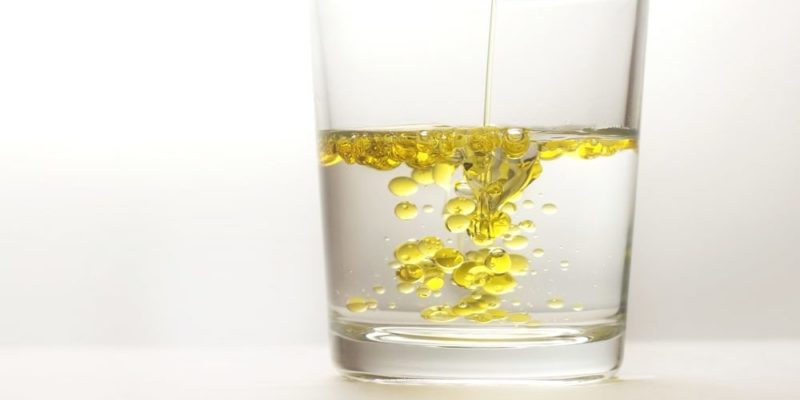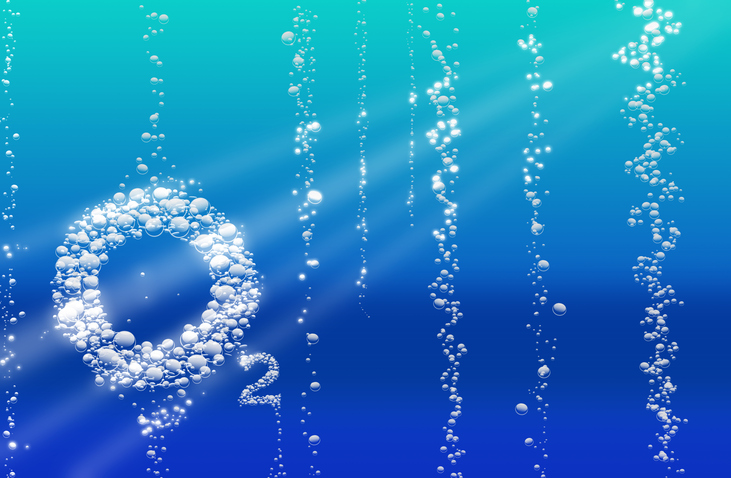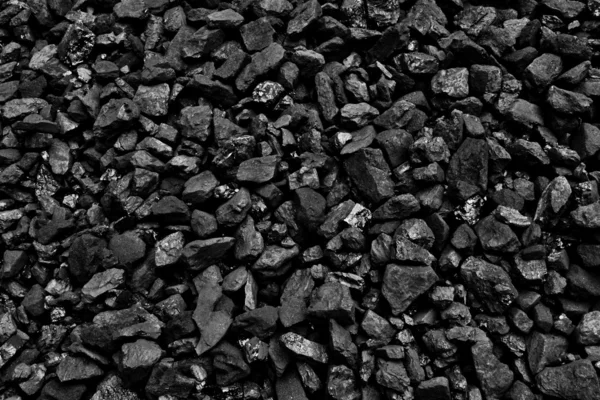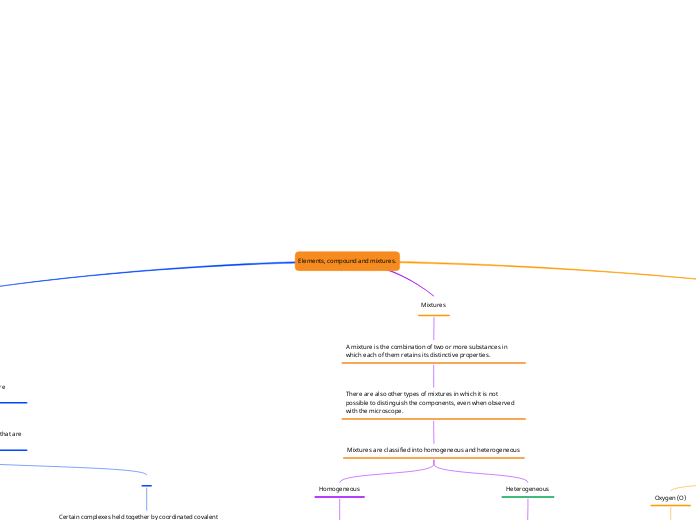Elements, compound and mixtures.
Compound:
In chemistry, a substance that is made up of two or more elements on the periodic table is called a compound.
A chemical compound is made up of molecules or ions that are stable together.
Molecules joined by covalent bonds.
Pure hydrogen (H2). H-H (a single link)
examples: Pure hydrogen (H2). H-H (a single link)
Ionic compounds linked by ionic bonds.
Magnesium oxide (MgO)
Intermetallic compounds joined by metallic bonds.
Links between silver (Ag) atoms.
Bonds between gold (Au) atoms.
Bonds between cadmium (Cd) atoms
Certain complexes held together by coordinated covalent bonds.
Links between silver (Ag) atoms.
Bonds between gold (Au) atoms.
Bonds between cadmium (Cd) atoms.
Mixtures
A mixture is the combination of two or more substances in which each of them retains its distinctive properties.
There are also other types of mixtures in which it is not possible to distinguish the components, even when observed with the microscope.
Mixtures are classified into homogeneous and heterogeneous
Homogeneous
A homogeneous mixture is the combination of 2 or more elements or substances. Homogeneous mixtures are characterized by being uniform, that is, the elements that compose them are not distinguishable with the naked eye.

Heterogeneous
A heterogeneous mixture is a combination of 2 or more elements or substances that can occur in any state of matter, in which its components can be identified.

Elements
Chemical elements are a type of matter made up of atoms of the same kind.
In its simplest form, it has a certain number of protons in its nucleus, making it belong to a unique category classified by its atomic number, even though it can display different atomic masses.
Examples of elements:
Oxygen (O)

Phosphorus (P)

Carbon (C)

Nitrogen (N)

Silver (Ag)

